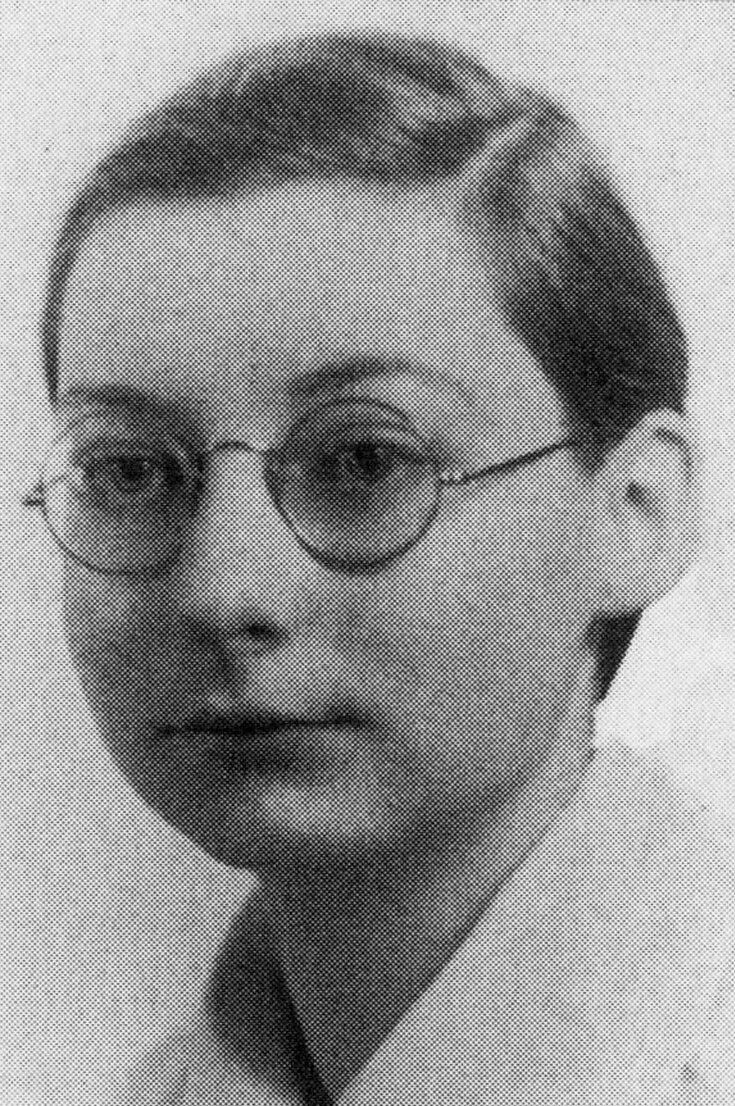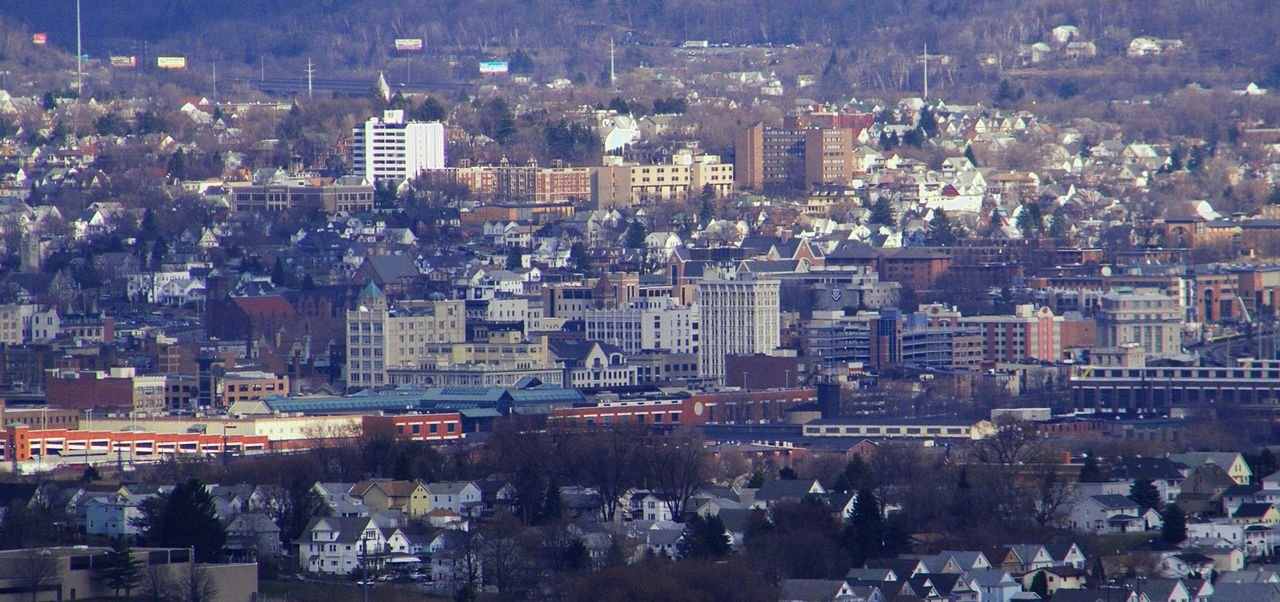JANE JACOBS -- THE WOMAN WHO SAVED OUR CITIES
MANHATTAN, 1950 — The Powers that Be decreed a new model for cities. The “Radiant City” would be a forest of skyscrapers, cris-crossed by superhighways speeding motorists to work, then home to the suburbs. And the Powers set about remaking upper Manhattan, L.A., and other urban grids. But speeding into the future, they did not see a bump in the road. A bump named Jane.
If you live in or love an American city, and if that city has vibrant neighborhoods, walkways, and a “ballet of the street,” you can thank Jane Jacobs. This singular woman, who never graduated from college, never studied urban planning, challenged the men who thought they knew how cities work. To critics she was “a crazy dame,” but history sees her as “a genius of common sense.”
Jacobs grew up far from the big city. Scranton, Pennsylvania was a coal town, a tough town, and Jane Butzner didn’t fit in. She was a prankster, a rebel, a reader who walked the streets holding imaginary conversations with Thomas Jefferson and Ben Franklin, finding them “interested in lofty things, but also in nitty-gritty, down-to-earth details, such as why the alley we were walking through wasn't paved.”
During the Depression, Jane moved to Brooklyn with her sister. Looking for a job, she rode the subway and got off at different stops each day. She got a job, as a secretary, but she also got acquainted with New York’s neighborhoods — Chinatown, SoHo, Little Italy, and especially “The Village.”
Meanwhile, the Power Broker was reshaping New York. Robert Moses, though never elected to any office, masterminded almost all the bridges and highways that now interlace the city. His grand design gutted whole neighborhoods, evicting thousands. Some New Yorkers called Moses “the master builder.” Others said, “You can’t fight City Hall.” But when Moses proposed extending Fifth Avenue right through Washington Square to meet another expressway soaring above SoHo, he went a bridge too far.
By the mid-1950s, Jane Butzner, now Jane Jacobs, was living with her husband, an architect, above a candy store in the East Village. Since the war, Americans had fled cities, but Jacobs considered the new suburbs “parasitic.” She liked the city — as it was. So when protests mounted against Moses’ Lower Manhattan Expressway, Jane joined in. Leaflets. Posters. Meetings packed with angry residents. Jacobs, by then a journalist, openly challenged the master builder.
“Downtown is for People,” one article proclaimed. That article led to more, earning Jacobs a Rockefeller Foundation grant. In 1958, she began roaming Manhattan, hoping to describe “the civilizing and enjoyable services that good city street life casually provides.” Three years later, Jacobs’ book The Death and Life of Great American Cities was published. It begins: “This book is an attack on current city planning and rebuilding.“
Carefully, eloquently, Jacobs laid out a new plan for urban America. She coined terms planners still use — “social capital,” "mixed primary uses,” "eyes on the street." To ward off decay, she wrote, neighborhoods should have all types of buildings, busy sidewalks, and reasons to go there when offices close. Street life, Jacobs wrote, was “an intricate ballet in which the individual dancers and ensembles all have distinctive parts.”
Jacobs’ book barely bothered the Powers that Be. One planner dismissed it as “bitter coffee-house rambling.” Robert Moses, sent a copy, called it “intemperate and also libelous. . . Sell this junk to someone else.”
But Jacobs’ book, widely read and discussed, changed how people thought about cities. The battle to save Lower Manhattan dragged on. Protests continued, with Jacobs arrested and charged with inciting a riot.
In 1966, New York Mayor John Lindsay dismissed Robert Moses. Three years later, Lindsay declared the Lower Manhattan Expressway “dead for all time.” In 1974, a thousand-page biography, The Power Broker, exposed Moses’ virulent racism and ruthless disregard for residents. By then, Jacobs had moved to Toronto, in protest of Vietnam and to protect her draft-age sons.
For another decade or so, America’s cities reeled from the ravages of Power Planning. The highrise housing projects Moses built bred crime and despair. Other byproducts included smog and gridlock. But then in the 1990s, with Jacobs’ book as their Bible, the New Urbanists went to work.
Housing projects were torn down. Old buildings and neighborhoods were cherished and revived. Pedestrian zones, multi-use buildings, and the “ballet of the street” flourished. And people moved into our cities. Crime rates dropped. Pride returned. And with a few exceptions, though you’d never know this by watching the news, American cities today are more livable than ever.
After writing more books about urban life, Jacobs died in 2006. The following year saw the first Jane’s Walk, proud locals giving neighborhood tours. Today, Jane’s Walks are held around the world, a fitting tribute to the woman who saved our cities.
“Designing a dream city is easy," Jacobs concluded. "Rebuilding a living one takes imagination."













